The ongoing discussion about the use of real guns on Hollywood movie sets was thrown into question once more after Oscar-nominated actor Alec Baldwin shot and killed cinematographer Halyna Hutchins on the set of the Western movie Rust in 2021.
The incident occurred after Baldwin, who’d been handed a gun by the film’s assistant director Dave Halls, shot what he believed to be a “cold gun,” meaning a gun without live ammunition in it. The film’s armorer, 24-year-old Hannah Gutierrez Reed had loaded and prepared the gun, and according to statements obtained by Variety, claimed she only loaded it with dummy rounds. Once fired, the live round traveled through the shoulder of the film’s writer and director Joel Souza, and fatally struck Hutchins in the chest.
A year and a half after the incident, Baldwin and Gutierrez Reed were both charged with two counts of involuntary manslaughter. Halls reached a plea bargain with the Santa Fe County district attorney, resulting in a suspended sentence and six months of probation.
Once again, the conversation about Hollywood’s use of weapons on set has been revived, with many curious about the ins and outs of logistical pieces of information such as prop guns, live rounds, dummy rounds, and blanks. What does it all mean? How did the mishandling of it all wind up costing the life of an innocent person who, when she went to work that morning, had every intention of coming home to her family at the end of the day?
What is a prop gun and why wasn’t it used on the set of Rust?
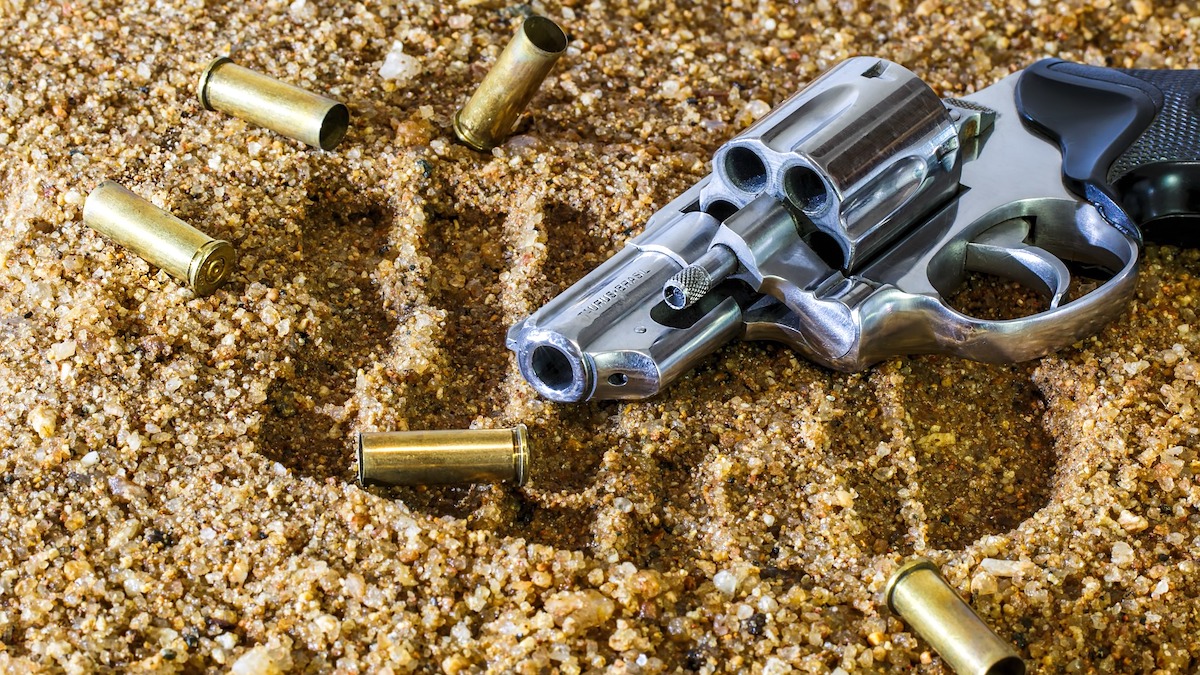
The guns used on the set of Rust were not prop guns, despite being referred to as such in various news reports. The guns used on the set of Rust were real, deadly weapons capable of shooting real, deadly bullets should one accidentally make it into the cylinder of the revolver.
The difference between a real gun and a prop gun is that a prop gun is a replica and cannot fire or hold any type of ammunition. They don’t make sounds, let out smoke, and don’t give off a muzzle flash, which is the large blast of light that occurs at the tip of a firearm when discharged.
The reason Rust and many other movies in Hollywood often choose to use real guns instead of prop guns is to lend a sense of verisimilitude. The authentic appearance of a real gun, to some, elevates fight scenes; real guns can be loaded with blanks and dummy rounds, which give off a muzzle flash, smoke, and even recoil.
It’s worth noting that prop guns, too, can be armed with an electronically triggered muzzle flash and then in post-production given the sound and smoke to go with it. Even without an electronically triggered muzzle flash, a real gun’s effects can be completely simulated in post-production.
What is the difference between live rounds, dummy rounds, and blanks?
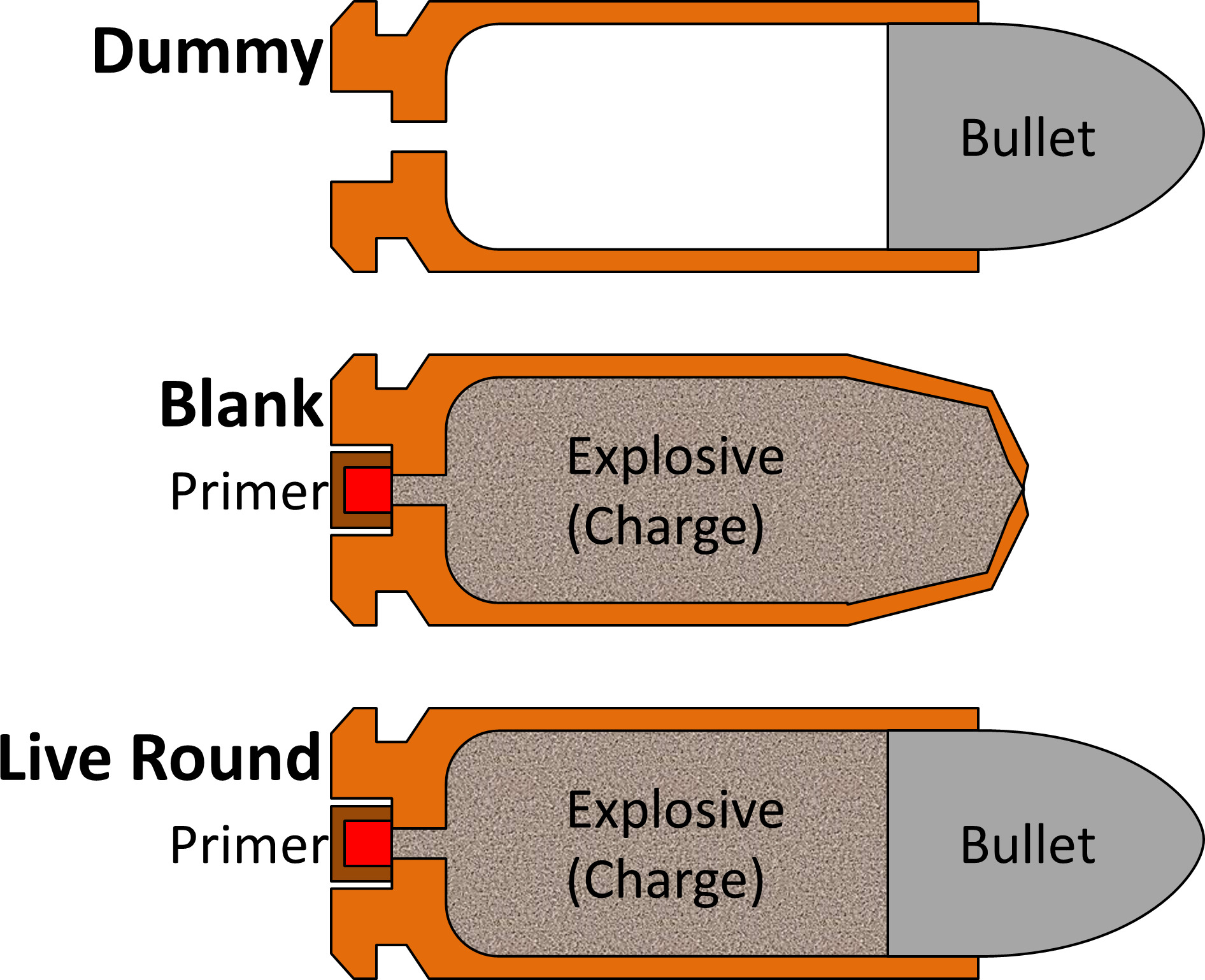
There are three types of bullets that can be loaded into a gun (a real gun, not a prop gun). They are: live rounds, dummy rounds, and blanks.
Live rounds are real ammunition. They are what you load into a gun when you head to the firing range or go hunting. They are a dangerous and deadly weapon and are completely forsaken on movie sets, or they’re supposed to be.
Dummy rounds, on the other hand, look just like live rounds in that they have the projectile tip, or bullet, and can simulate a real bullet should a camera zoom in on a close-up of a revolver’s cylinder and see the projectile poking out. Unlike live rounds, dummy rounds are completely empty. They have been emptied of all gunpowder inside them and don’t go off when fired. They just click.
Blanks are similar to live rounds in that they have gunpowder in them but no projectile tip. What that means is when fired, it will simulate what gunfire really looks like: a recoil, a muzzle flash, smoke, and sound. In technical terms, blanks have primer, powder, and casing, but no bullet, meaning they are safer than live rounds — to be sure — but not necessarily free from causing harm. At close range, they can still inflict damage and even kill.
In the case of Alec Baldwin, Hannah Gutierrez Reed, and Dave Halls, a dummy bullet was meant to be used, not a live round. Following the incident, investigators found five additional live rounds in various places on the set of Rust, including on the top of a prop cart, in the box of dummy ammunition, in the bandolier worn by actor Jensen Ackles, and in the gun belt worn by Baldwin, according to Vanity Fair.


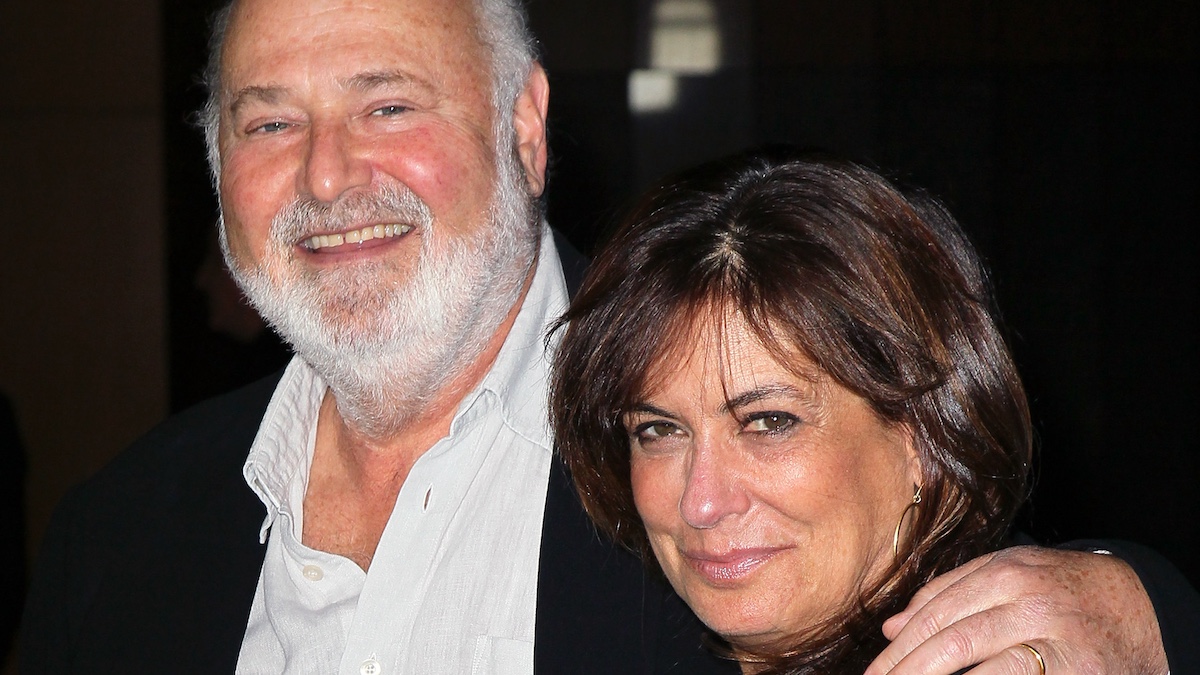
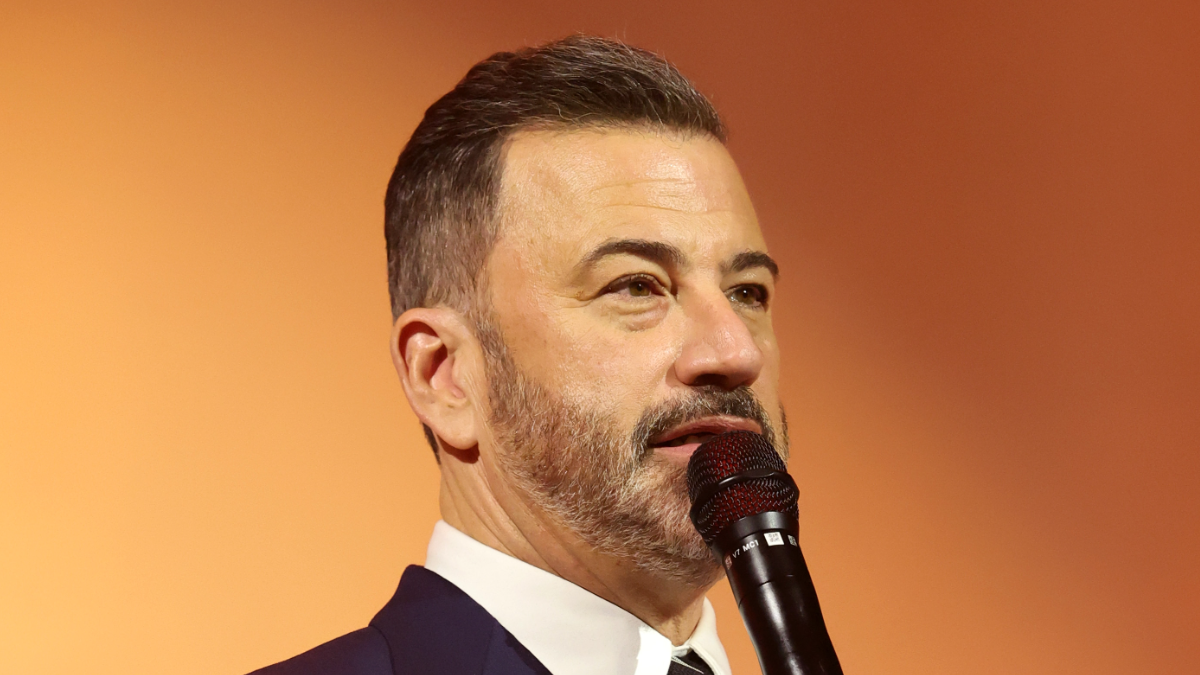




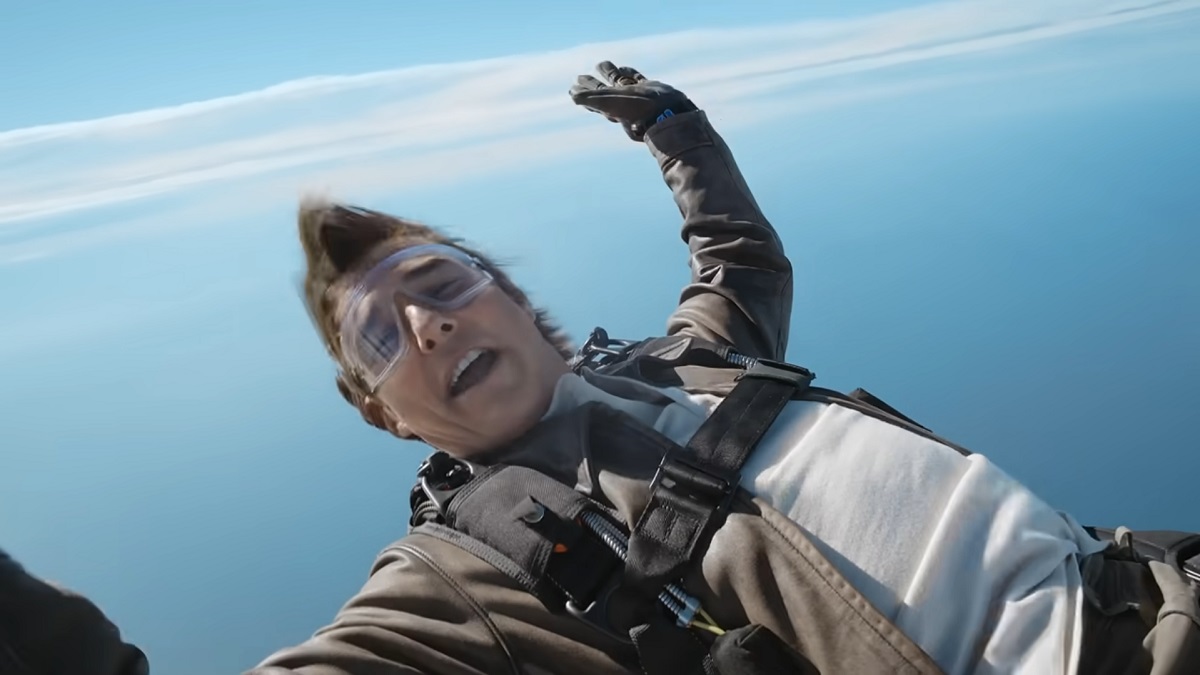
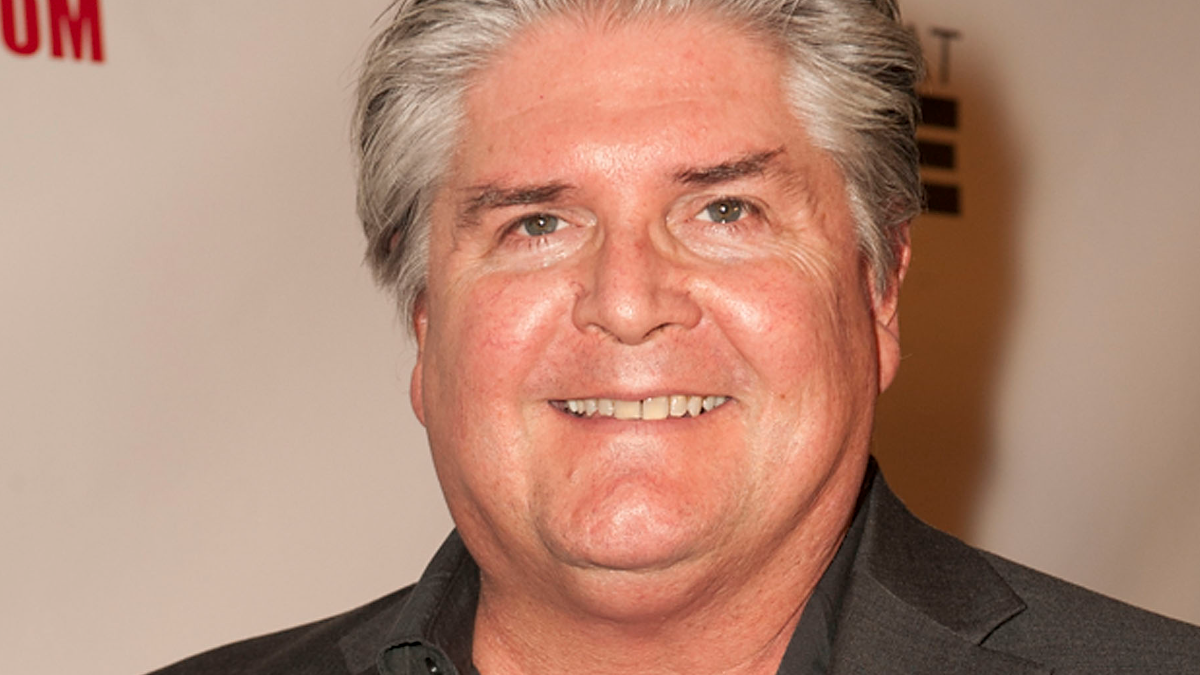

Published: Jan 19, 2023 05:02 pm